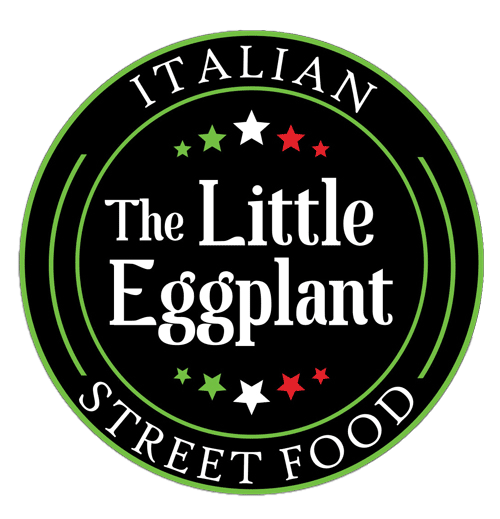About us
The Little Eggplant is the result of generations using traditional ingredients in our family kitchens. We created everything from scratch and with a purpose.
Our inspiration for this comes from Italy’s street food scene, particularly their deli style cafés and food trucks. These places are known for serving tasty panini and desserts in every city throughout the country..
Our goal is to bring that same warmth and feel to the streets, offices and homes of Winnipeg.
We use only the best products to create delicious food for all to enjoy.
Our pride flows and is evident in the preparation of our menu items. We prepare our sauces and vegetable marinades from scratch with the utmost diligence and care..
The garlic gets roasted and peeled for our aioli, as do our sweet and hot peppers for our pepper sauce and spicy mustard.
We carefully layer precise amounts of herbs and spices to produce an abundance of flavors. These flavors complement our selection of cured meats, cheeses, marinated and fresh vegetables.
Another feature we have added to our panini is the incorporation of two very flavorful and aromatic spreads which are created from scratch as well. All panini have either a sun-dried tomato or extra virgin olive oil basil spread.
We utilized these heavy hitting flavors as they provide a wonderful texture and scent to each handmade item.

